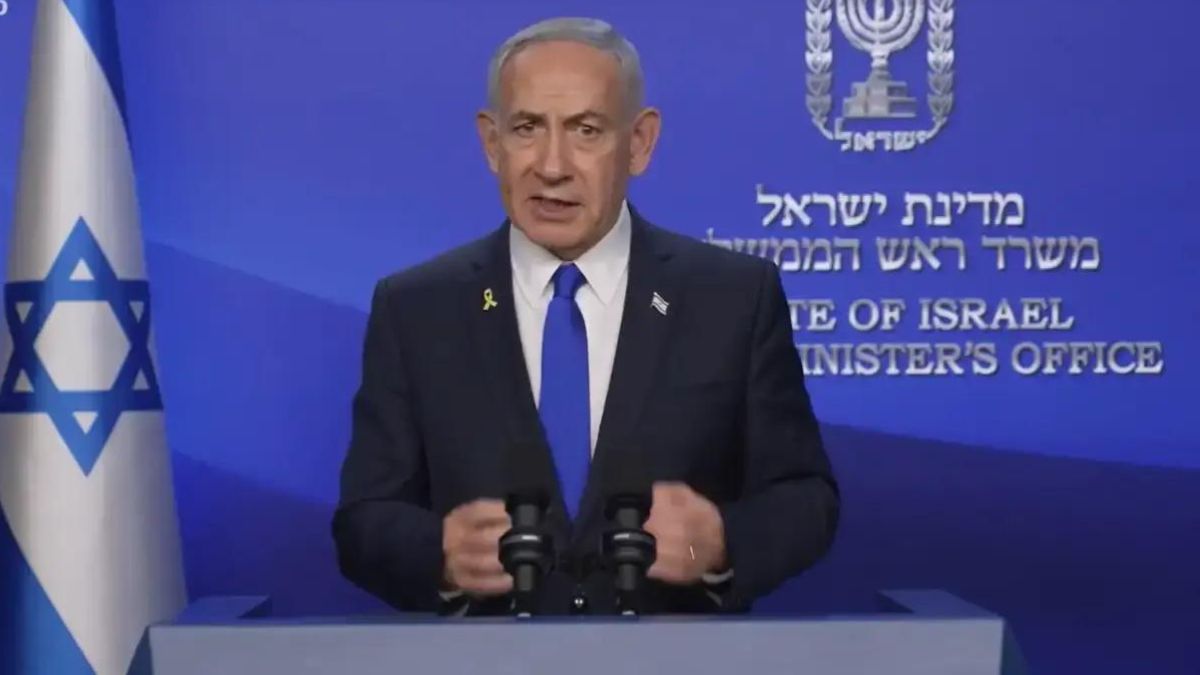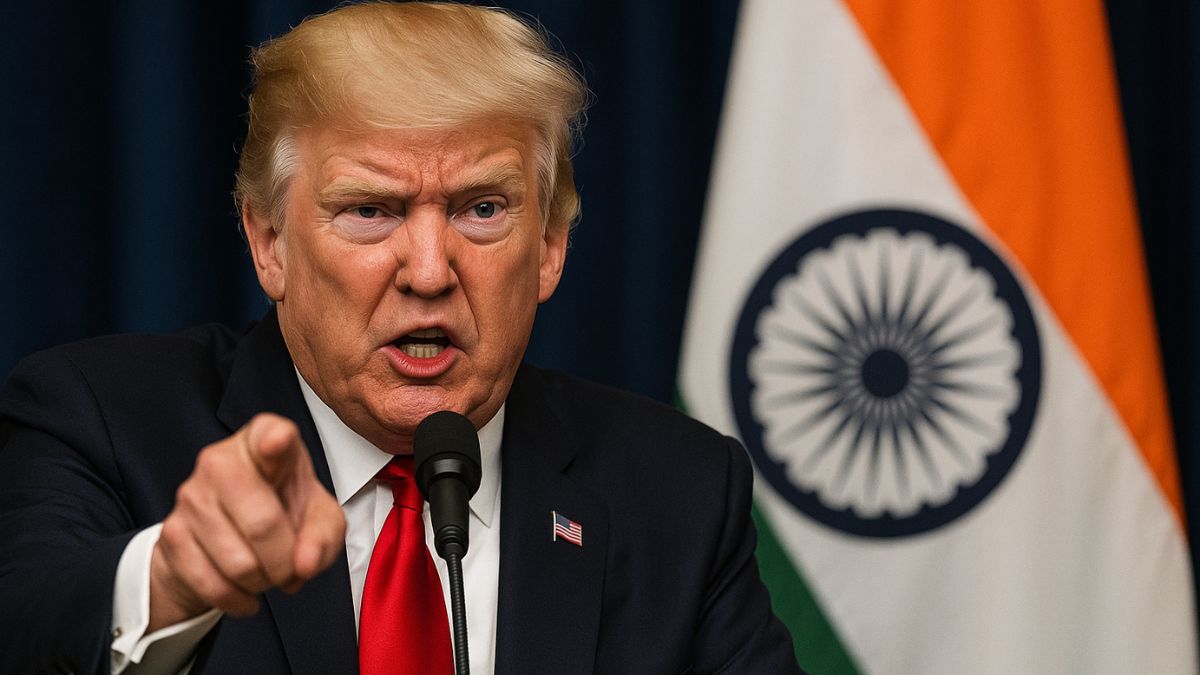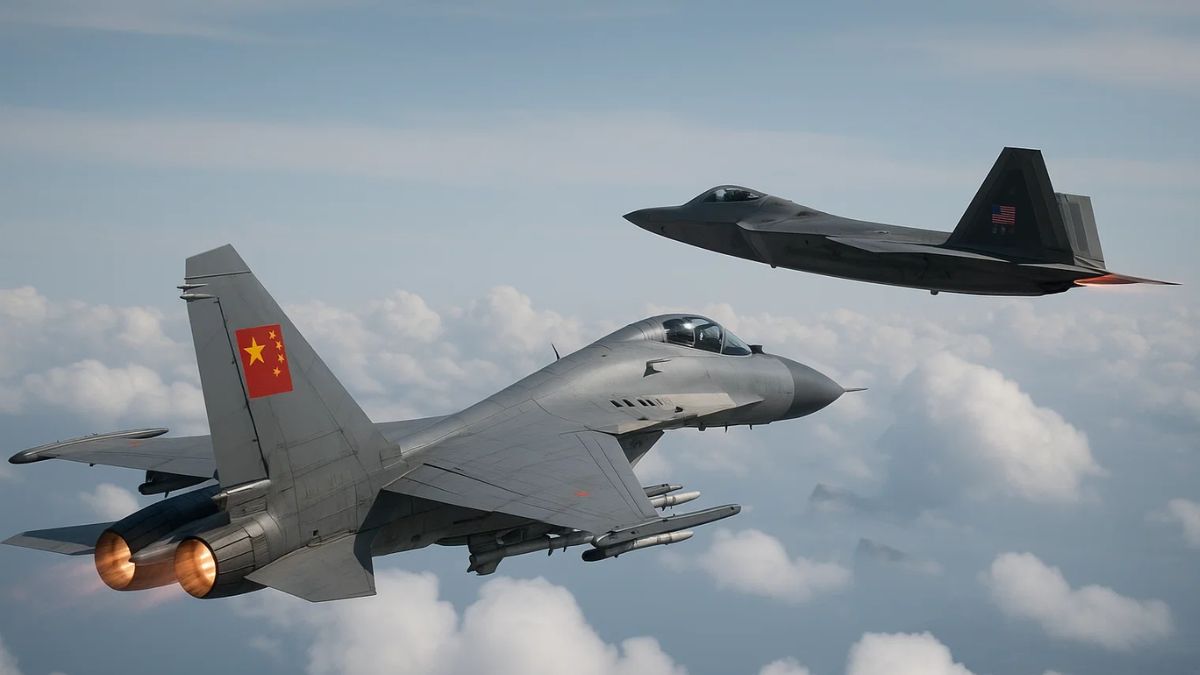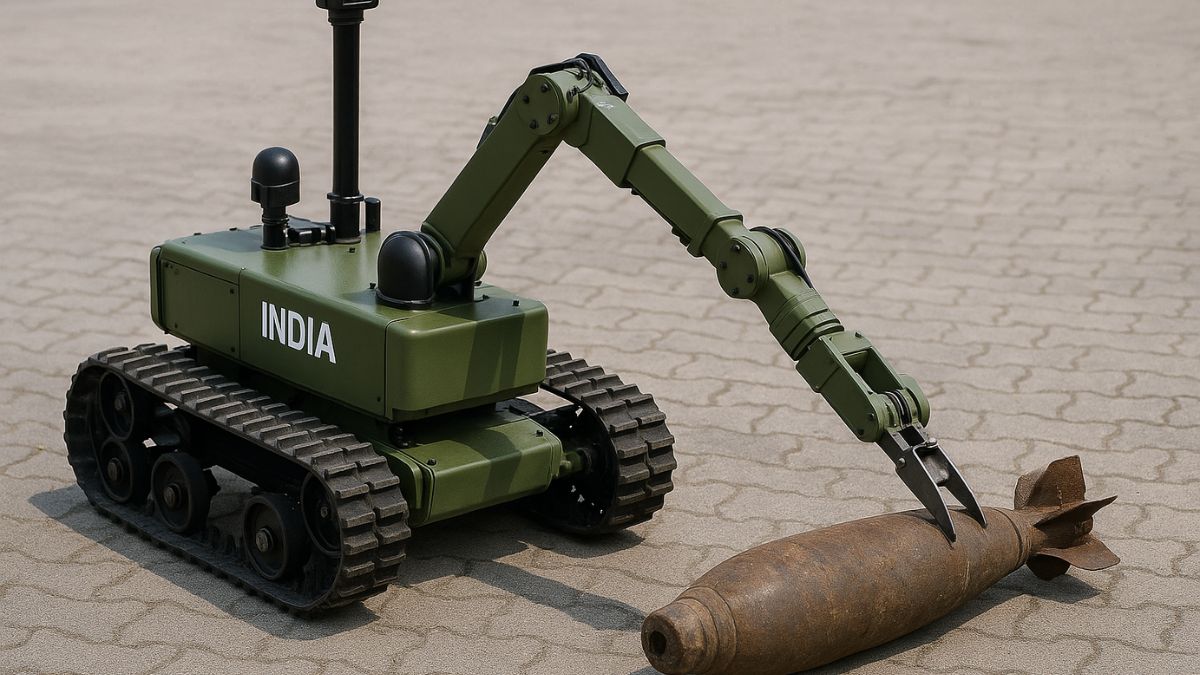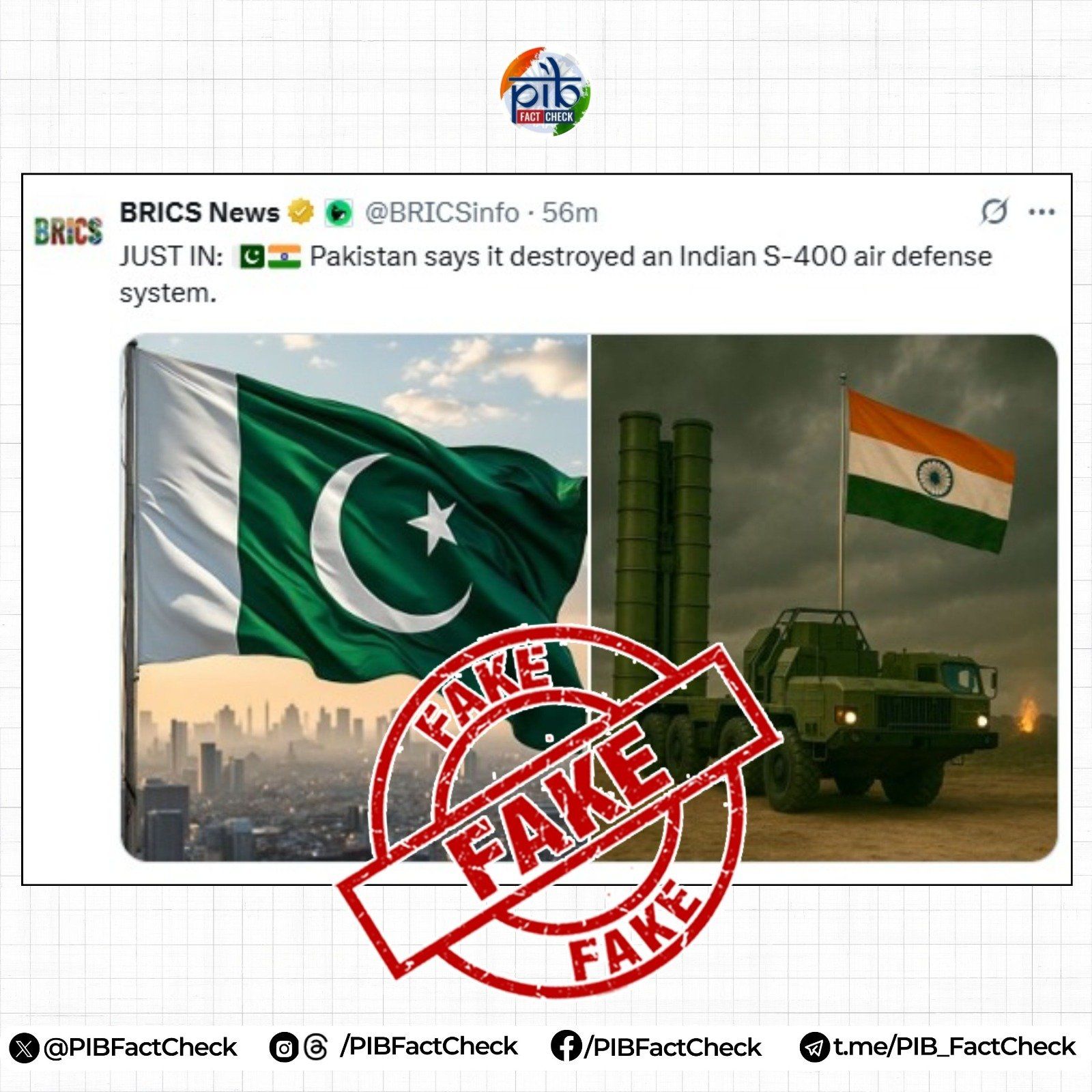Russian Analyst Warns of Risks in India Acquiring F-35 Fighters, Cites Su-57E Combat Record
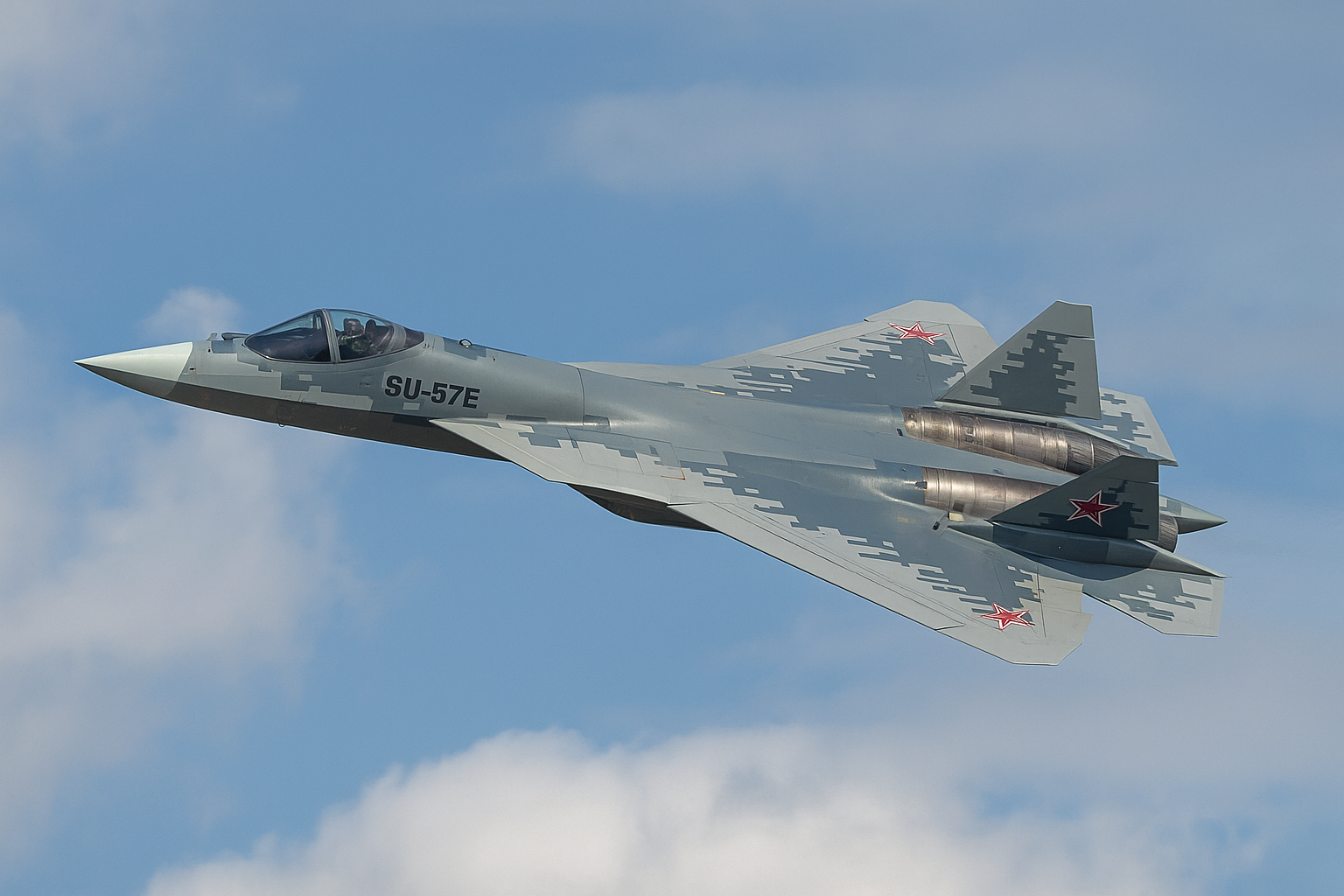
Image courtesy: AI-generated via DALL-E
India faces potential operational and sovereignty risks if it acquires American F-35 fighters, according to Igor Korotchenko, Director of the Centre for Analysis of World Arms Trade (CAWAT) and Editor-in-Chief of National Defense magazine. Speaking to the RIA Novosti news agency on August 8, Korotchenko claimed that export versions of the F-35 contain remotely activatable software and hardware “bugs” embedded in their avionics.
Korotchenko said the Indian government is aware of these risks in the context of political and economic pressure from US President Donald Trump, who has threatened new sanctions and duties if New Delhi continues to purchase Russian hydrocarbons. He described India’s negative response to these threats as “absolutely legitimate” for what he called a great power.
What Risks Does Korotchenko Associate With the F-35?
Korotchenko alleged that export versions of the fifth-generation F-35, supplied to both NATO allies and other international customers, contain built-in software and hardware vulnerabilities in their onboard radio-electronic equipment. According to him, these could be remotely activated at any time by US structures or services via an external electronic signal, potentially disabling the aircraft.
He added that if India procures the F-35, it could become “a hostage in the hands of the United States,” which could render the fighters non-functional if their use in certain combat operations or conflicts does not align with Washington’s interests.
Why Does He Suggest India Continue Working With Russia?
Korotchenko said that under these circumstances, India prefers to continue long-term military-technical cooperation with Russia. He noted India’s past experience in producing Su-30MKI fighters under Russian licence, which, in his view, provided the country with valuable experience and technological capabilities.
How Does the Su-57E Compare?
Korotchenko highlighted the Su-57E’s participation in real armed conflicts as its main advantage over a limited number of competing aircraft. He said the fighter had operated against modern Western air attack, air defence, and electronic warfare systems, giving it a combat track record that could be attractive to potential buyers.
